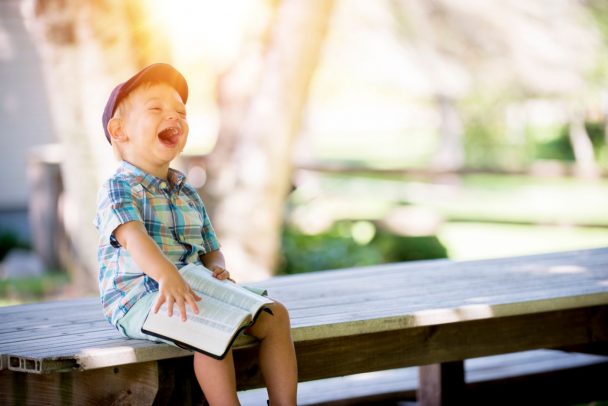Description
This course has been created for teachers who want to foster a more dynamic, creative environment in the classroom to encourage and stimulate students’ interest in learning.
Teachers will have the opportunity to learn ‘by doing’ through a range of activities and experiences aimed toward promoting higher student self-esteem, increased student involvement, and greater cohesion among teachers, students, and their families.
This practical, hands-on course is designed to help participants understand, identify, and combat early school-leaving, negative school-family relations, and the early signs of teacher burnout.
By the end of the course, teachers will have acquired greater knowledge about how creativity, improved communication, and enhanced relational skills can be effective allies in discouraging school leaving and favoring a more meaningful school experience.
What is included
Learning outcomes
The course will help the participants to:
- Improve their knowledge of the ingredients of well-being, fun, and enthusiasm at school and how to enhance them;
- Develop effective communication skills to improve school relations with students, colleagues, and families;
- Understand motivation and how to stimulate it in yourself and others, thanks to practical group cohesion and team-building activities;
- Understand burnout prevention and care techniques;
- Get more of the 3 Cs: Creativity, Critical thinking, and Collaboration.
Tentative schedule
Day 1 – Course introduction & school environment
Course introduction
- Introduction to the course, the school, and the external week activities;
- Icebreaker activities;
- Presentations of the participants’ schools.
The importance of the school environment
- Lesson and activities regarding motives behind leaving school early;
- Scholastic apathy and its consequences;
- The importance of the school-student-family alliance and a school environment that promotes self-esteem in all.
Day 2 – Active positivity
- How to keep motivation high;
- Positive and clear communication, active listening, and group cohesion;
- Ideas for student-led activities, conflict management, and supportive learning;
- Practical activities, role play, and discussion.
Day 3 – Thinking outside the box
- Creative and Dynamic Learning – Thinking Outside the Box – how new perspectives can promote academic motivation, trust, and a refreshed sense of purpose;
- Body and mind learning, alternative forms of expression, emotional intelligence;
- Practical group activities and discussion.
Day 4 – Positive school environment
- Mentoring and Scholastic Safety Nets;
- Understanding how the group – of teachers, of students, and of families – can be an effective resource in creating a positive school environment.
Day 5 – Practice makes perfect
- Simulation of lessons by course members, using skills and strategies acquired during the week;
- Round up of abilities and competencies acquired;
- Class discussion of personal cases and brainstorming of possible strategies.
Day 6 – Course closure & cultural activities
- Course evaluation: round-up of acquired competencies, feedback, and discussion;
- Awarding of the course Certificate of Attendance.
- Excursion and other external cultural activities.








